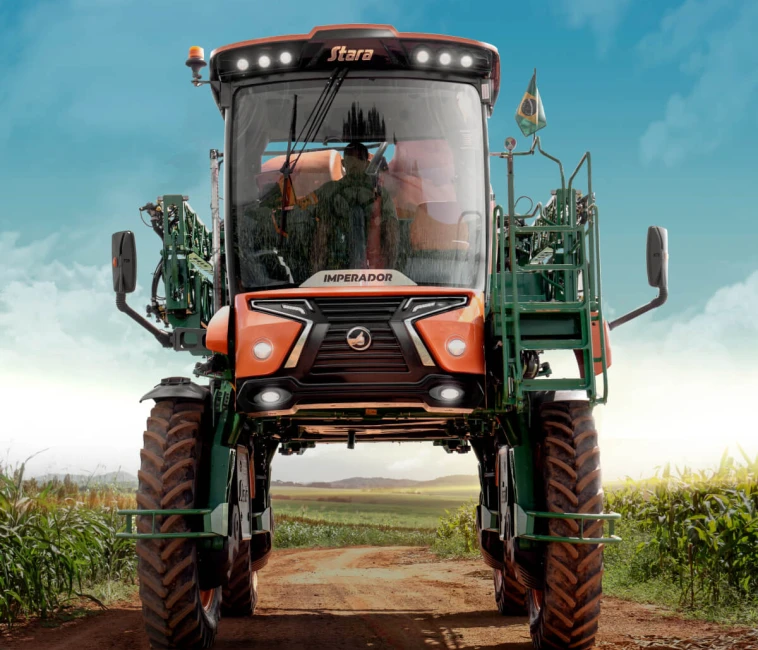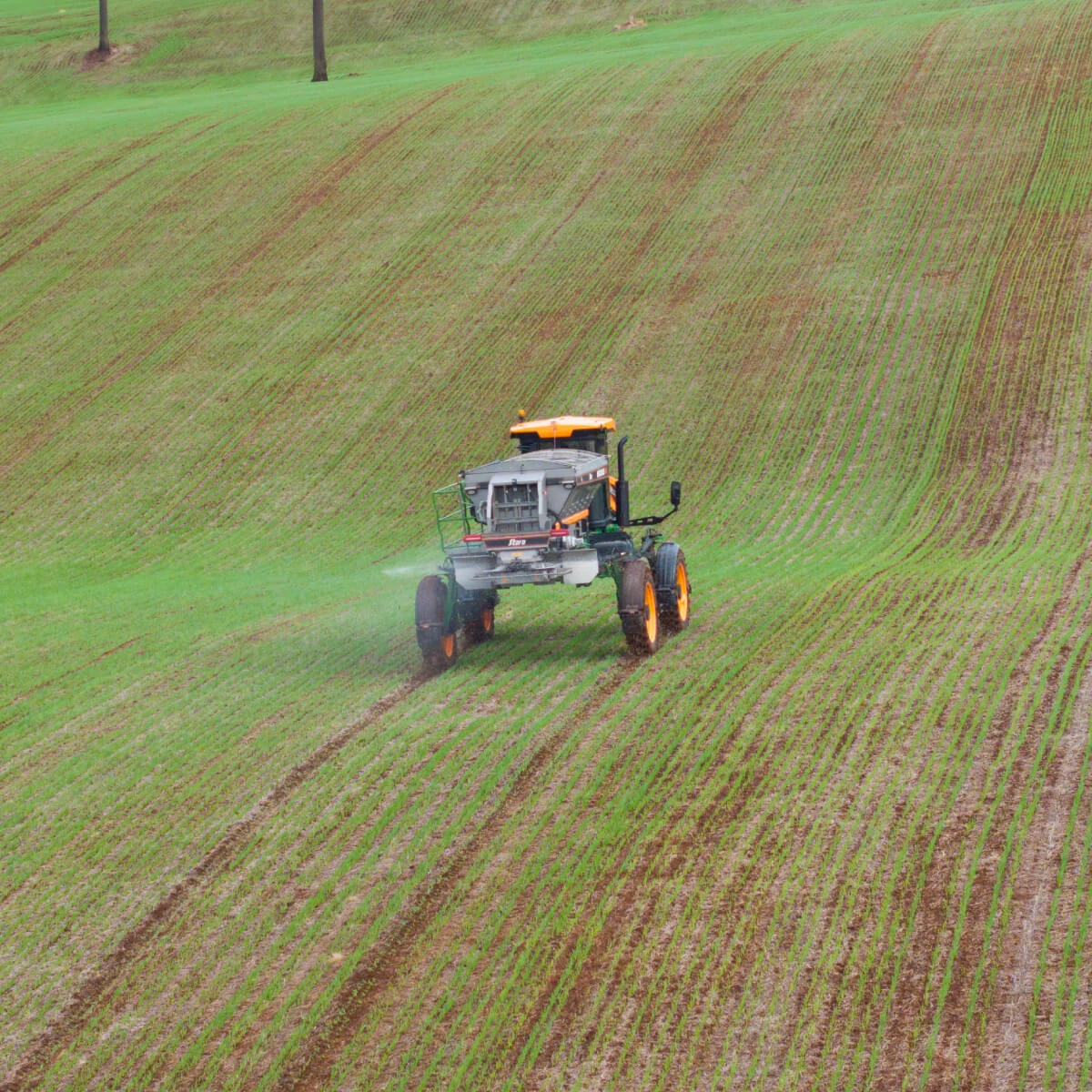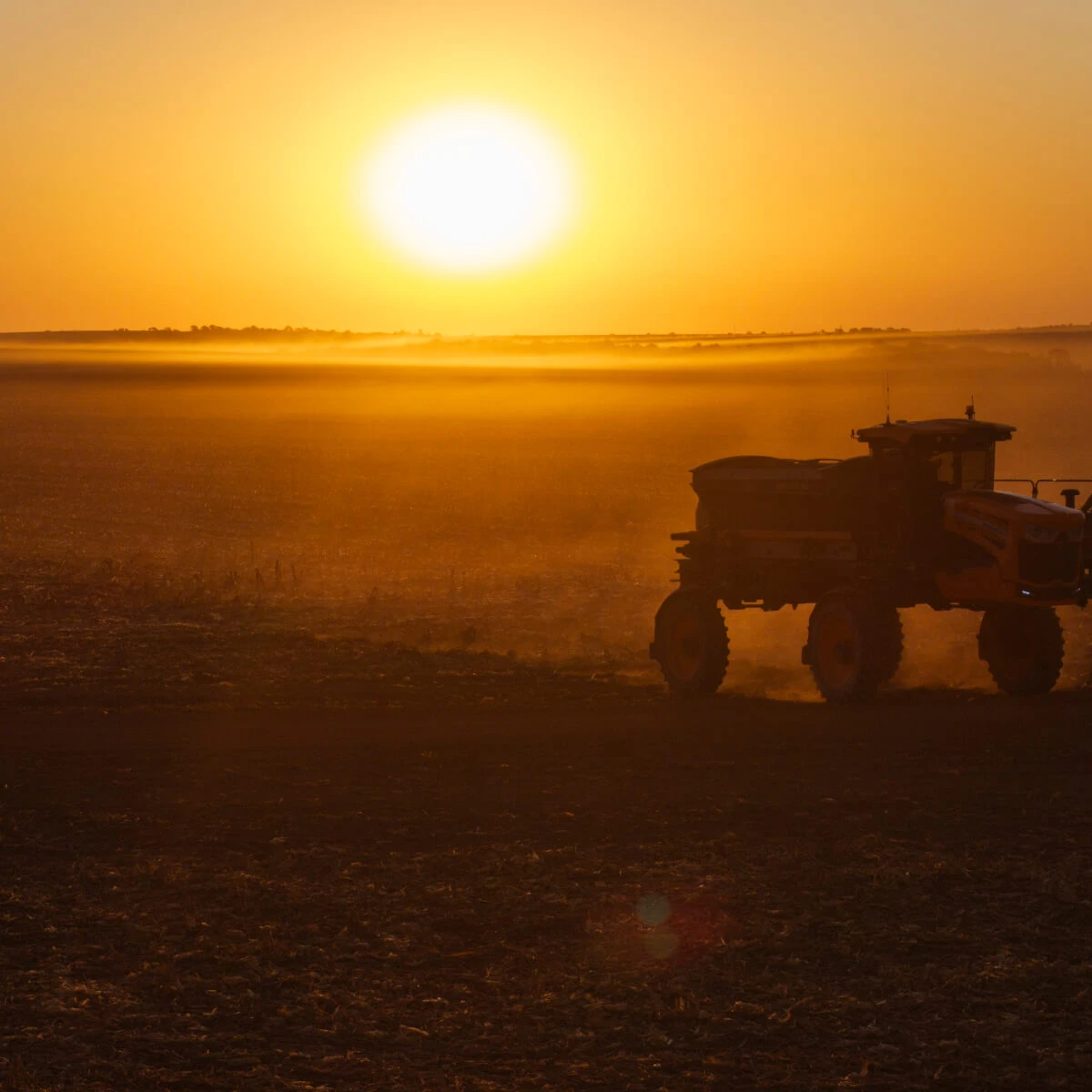In 2025, agribusiness employed 28.5 million of Brazilians, representing 26.2% total of employees in the country in first quarter of the year, according to CEPEA (Center for Advanced Studies on Applied Economics) of USP (University of São Paulo). The number reinforces the sector leading role and shows the importance of the professional as the agricultural machine operator.
This professional combines technical expertise, attention to detail, and technological proficiency, tackling challenges that range from preparing machinery and assessing soil conditions to operating digital and automation systems.
In this article, the Stara experts point out the five most common challenges in the daily basis of the operators and how to evolve in the job with constant training. Additionally, it is highlighted how technology can transform each obstacle into yield.
What’s the role of the agricultural machine operator today?
This professionals’ job goes beyond driving agricultural machines. In practice, they are responsible for:
- Execute planting, spraying, and spreading operations precisely;
- Perform the daily checkings before starting and after finishing the shift;
- Identify noises, failures, and abnormal variations during the performance and usage of the agricultural pieces of equipment;
- Follow agronomic prescriptions and operate according to digital maps.
Each one of these steps demand attention and technical skill — especially on machines equipped with Precision Agriculture resources that require reading and interpretation of data in real time.
The operator’s routine demands balance between the technique, attention, adaptation. This is the context where the most common challenges come up in the crop field.
The five most common challenges in the crop field daily basis
We gathered the five most common challenges in the operator’s routine, from the operation practice in the crop field to the professional development bases, which demand attention:
1. Skilled labor and constant development
The growing of mechanization and on-board technologies has transformed the crop field routine. If it was enough to “know to handle the machine” some time ago, today the operator needs to interpret data, adjust parameters and understand automation systems.
However, this evolution runs faster that the development available, resulting in less and non-skilled labor.
According to the Brazilian Confederation of Agriculture and Livestock (CNA), the modernization of agribusiness requires increasingly professional with technical and digital knowledge, while the training offer is still limited in plenty of regions.
It means that, to get the most out of the performance of the machines, it’s crucial that the operator has training. In other words, in order to be updated and work with higher precision, it’s important that they have access to training, sources and reference materials.
2. Adjustment and preventive maintenance of the agricultural machine
Some of the remarkable features of yield in the crop field are the details, and they start in the adjustment and preventive maintenance. Even the most modern agricultural machine has its efficient reduced if the specifications are not correct or with regular inspections.
Failure to be alert to these points is an issue that could result in irregular seed placement, poor fertilizer application, or even non-planned stops that jeopardize the entire operation.
3. On-board technology and machine cab data management
The cabs of the agricultural machines have become actual command centers. There, the operator needs to interpret GPS information, application maps, performance sensors, and automatic systems that control from the meter to the section unfolding process.
The challenge is to transform this data volume into quick and correct decisions, especially during the short seasons of planting and spraying processes.
Where are the difficulties and how to identify them?
- Different interface between machines and operations (planting, spraying, spreading);
- Lack of standardization on the screens and menu options of the controllers;
- Setting errors when creating or importing application maps;
- Failure to be alert to alarms and messages in the machine cab that could result in the failures of sensors or cause clogging.
These factors combined with the pressure in time increase the operating error risk.
To reduce these difficulties, Stara developed Topper, a complete agricultural controller that gathers the functions of planting, spraying, and spreading in a single device.
As a result, the operator can work with a unified interface, simple settings, and central-aligned data to ensure higher precision and efficiency in the field.
4. Operating efficiency
Accidents with agricultural machines are still common during the farm tasks, according to the Occupational Safety and Health Observatory.
For this reason, more than meeting technical standards, putting the safety first is essential. An alert and comfortable operator can operate the agricultural machine carefully and easily, protecting them and the machine integrity.
5. Yield under different types of terrain conditions
Every day is different in the crop field, and the operator of agricultural machines knows that better than anyone. Different weather conditions, humidity, soil, and terrain types directly affect the performance of the machines and demand constant adjustment to keep the operation quality.
This is when the experience, attention, and adaptation capacity of the operator count.
What are the most common difficulties?
- Soil moisture affecting the depth and the furrow closing during the planting process;
- Wind and temperature interfering with the spraying operation and efficiency of the spray nozzles;
- Terrain differences demanding speed adjustments and height of the spray booms;
- Soil type and compaction influencing in traction, fuel consumption, and tyre wear.
Maintaining productivity under these conditions relies on a careful reading of the environment and quick decision-making in the field, such as adjusting speed, changing the operating mode, stopping the activity at the right moment, or resuming with new settings.
How to become an operator of agricultural machines in the precision agriculture era?
The path starts with the technical development, usually with professional courses about agricultural mechanization or operation of agricultural machines provided by skilled institutions.
Afterwards, it's essential to accumulate hands-on machine cab hours and take part in refresher training each harvest season, keeping up with innovations in software, hydraulic systems, and electronic equipment.
Operators with this profile are in higher demand in the market, and deliver better results for farms that invest in their ongoing training.
How can the operator improve their performance?
Given the challenges mentioned and a market that increasingly values operators with a multifunctional profile, agricultural machinery operators must combine hands-on experience, technical reasoning, and technological fluency. Among the crucial skills are:
- Technical knowledge in the operation and adjustment of agricultural machinery.
- Basic knowledge of agricultural machinery maintenance and occupational safety.
- Reading and interpretation of application maps and telemetry data;
- Ability to communicate and record information for the farm manager;
- Autonomy and accountability in meeting goals and following operational protocols.
These skills form the foundation for sustainable and precise performance in field operations.
Stara Operator’s Portal: constant development
With the goal of expanding access to quality information, Stara developed the Operator’s Portal, a free platform dedicated to the technical training of agricultural machinery operators.
Available in both web and app versions, the portal offers content that provides hands-on guidance on how to achieve maximum performance from each piece of equipment made by the brand. What does the operator find in the portal?
- Short and straightforward videos showcasing actual procedures for operation, adjustment, and maintenance;
- Interactive quizzes that test the operator’s knowledge and help reinforce learning;
- User community where operators can ask questions and share experiences about machine usage;
This initiative brings technical knowledge closer to the daily realities of farming and highlights the operator’s role as a key driver of productivity.
To learn more about the program and register, access the Stara Operator’s Portal.
From training to practice: Stara technologies allied to the everyday tasks
A professional’s performance also depends on the support they receive when things don’t go as planned. In the field, every minute of downtime affects productivity, and that’s where smart support makes all the difference.
Stara provides a set of resources that places the operator at the heart of decision-making, ensuring quick response and safety throughout the entire operation.
Conecta: remote support directly to the machine cab
Conecta is Stara’s remote service. When the operator needs help, they scan the QR code available on Topper.
The scanning automatically directs to a WhatsApp chat with the Stara technical team.
During this first contact, the operator describes the situation and receives instructions right away. If necessary, the technician can access the Topper controller remotely to perform diagnostics and adjustments in real time.
Telemetria Stara: data that becomes efficiency
Thanks to Telemetria Stara, the operator and farm manager can follow every operation detail: machine consumption, speeds, applied area, alarms, and for how long the machine was stopped.
These pieces of information are sent automatically when the equipment is connected to the Internet, allowing performance analysis and making decisions based on data.
Machine cab technologies: comfort and safety for higher precision
The machine cab is the environment where the operator spends most part of the day, and it influences directly in operation quality.
Stara agricultural machines are designed to provide comfort, ergonomics, and visibility, featuring climate-controlled and pressurized machine cabs with reduced noise levels, along with intuitive controls that minimize fatigue and enhance operational precision.
These resources create a complete ecosystem: the operator works with greater confidence, the manager monitors in real time, and technical support is always close at hand.
Conclusion
The routine of an agricultural machinery operator combines technical skill, responsibility, and constant decision-making. They are the ones who translate on-board technology into practical results, adjusting the machine according to the soil, weather, and pace of the harvest.
That’s why investing in training, maintenance, and support means investing in the yield and safety of the entire operation.
Did you like the hints and want to find out the agricultural machine that best suits your crop field?
Stop by a Stara dealer and find the most suitable equipment to boost your crop production. Request a quotation.








